By SYDNEY J. FREEDBERG JR
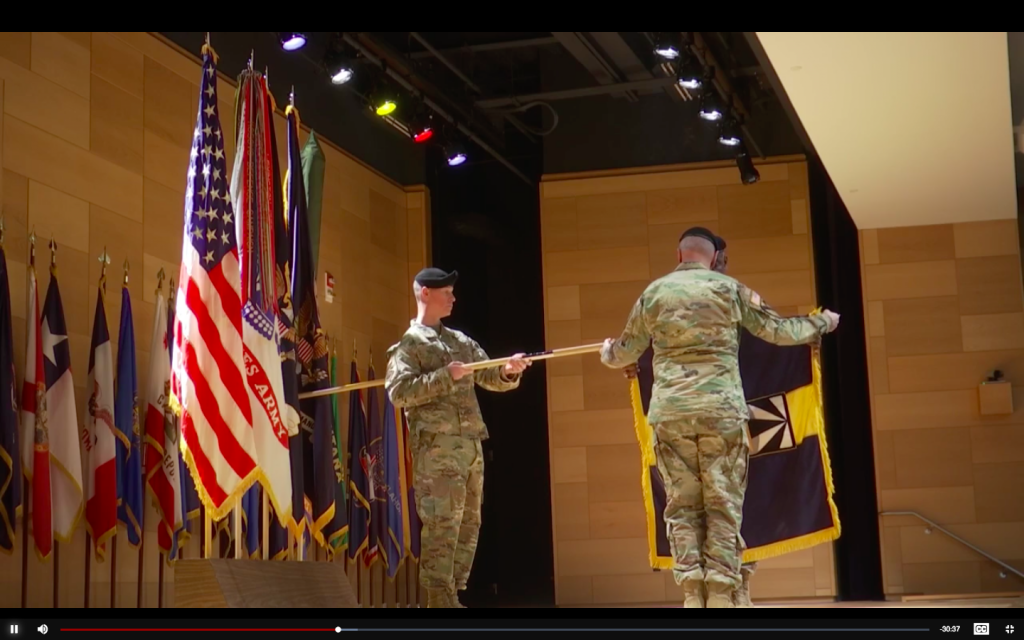 "Ultimately that is what this is all about, why I get up every morning, that’s why AFC exists: to make sure, not today’s soldier, but our kids and our grandkids have the core concepts, the organizational structures, and the capabilities they need to fight and win on a future battlefield," Gen. Murray said, "or even better yet not to fight at all, because there is nobody in the world in the future that would ever take on the United States in ground combat, because we have done our job so well."
"Ultimately that is what this is all about, why I get up every morning, that’s why AFC exists: to make sure, not today’s soldier, but our kids and our grandkids have the core concepts, the organizational structures, and the capabilities they need to fight and win on a future battlefield," Gen. Murray said, "or even better yet not to fight at all, because there is nobody in the world in the future that would ever take on the United States in ground combat, because we have done our job so well."
WASHINGTON: Tomorrow, the Army completes its biggest reorganization since 1973. It’s a high-stakes, all-or-nothing gamble to stop wasting billions on failed weapons programs, ripping apart its sprawling acquisitions bureaucracy and putting the key pieces together in a single, streamlined Army Futures Command.
Now comes the hard part. AFC, just five months old, must make up for a quarter-century of lost time and modernize the Army for a great-power war against Russia and China — or both. That means getting prototypes of potentially revolutionary weapons – robotic tanks, high-speed aircraft, 1,000-mile cannon, VR gunsights – into the hands of soldiers ASAP. That way they can give feedback on what needs work and what isn’t worth the effort, before the Army wastes another $32 billion on cancelled programs.
“There will always be near-term requirements. The engineering support [to current programs] will continue,” AFC’s four-star commander, Gen. Mike Murray, said this morning at the century-old Aberdeen Proving Ground, where he formally assumed control of Research, Development, & Engineering Command (RDECOM).
But, Murray told the assembled soldiers, scientists, and engineers, “what should really drive you and make you passionate each and every day is how we make sure that future soldier has the tools they need to fight and win on a future battlefield. Because ultimately that is what this is all about, why I get up every morning, that’s why AFC exists,” he continued: “to make sure, not today’s soldier, but our kids and our grandkids have the core concepts, the organizational structures, and the capabilities they need to fight and win on a future battlefield … or even better yet not to fight at all, because there is nobody in the world in the future that would ever take on the United States in ground combat, because we have done our job so well.”
“I feel the weight every day,” Murray said. “I’ve got grandkids and most of you have children…. The military has become a family business. Make no mistake about it: We’re talking about our grandchildren.”
RDECOM locations (now Combat Capabilities Development Command)
The Pieces Fall In Place
“This is the last major unit to come to Army Futures Command,” Gen. Murray told RDECOM this morning. “I’ve got one small ceremony tomorrow in Pittsburghtomorrow to welcome the Artificial Intelligence Task Force.” That’s a two-month-old, 20-person liaison office linking the often-hidebound Army to cutting edge AI researchers in academia and industry.
By contrast, RDECOM – now renamed Combat Capabilities Development Command (CCDC) – has some 14,000 personnel at three dozen locations across the United States. Its in-house laboratories and outside contractors develop new technologies for the Army. That makes RDECOM/CCDC an essential link between AFC’sFutures & Concepts Center (formerly ARCIC), which paints the broad strokes of how to win a future war, and its Combat Systems Directorate, whose program managers actually put those technologies together to develop, procure, and sustain working weapons systems.
Futures & Concepts formally joined AFC Dec. 10th. Combat Systems Directorate is in a more ambiguous situation, one that complicates the Army’s push to put all its modernization players under one command: By law, each service’s acquisition programs report to the civilian Service Acquisition Executive – that’s Assistant Secretary Bruce Jette for the Army – so Gen. Murray only has a “dotted line” consult-and-coordinate relationship with them, rather than having them in his direct chain of command. Even that link is enough to make some in Congress worried about the erosion of civilian oversight.
Gen. Murray’s relationship with RDECOM/CDCC, however, is pretty straightforward: They work for him. But they’re not going to move from their 36 labs and offices around the country to Murray’s new HQ in Austin. So what will actually be different?
“Our mission changes to the extent that we have a better focus… getting singular direction from one ACOM [Army Command] commander,” Maj. Gen. Cedric Wins, the two-star chief of RDECOM/CCDC, told reporters after the ceremony. “[Murray is] making sure that we remain focused, making sure that we’re able to deliver, making sure that we expand the aperture in getting after more development of prototypes so that the Army can experiment with things more often to help shape requirements.”
SOURCE: Army Multi-Domain Operations Concept, December 2018.
“To me, the most important thing that’s going to change for this organization is the ability to clearly tie what they’re working on to something that is clearly important to the Army,” Murray added, “whether that’s one of the six Army modernization priorities or whether that’s this concept that we’re still developing called Multi-Domain Operations” (which incidentally is Futures & Concepts’ brainchild).
“There’s lots of problems we’ve had with our acquisition,” Murray said candidly. “The ability to determine what is feasible from a technology standpoint, before you ever write a requirements document, is a key piece of what AFC writ large is trying to do. Gen. Wins’ organization obviously plays a huge role in that in terms of doing the prototyping inside of his labs and most importantly — another thing we’ve not done very well — is doing the prototyping and experimentation with soldiers from the beginning, so we got soldier input into a program before it ever becomes a program of record…. CCDC will play a huge role in that.”
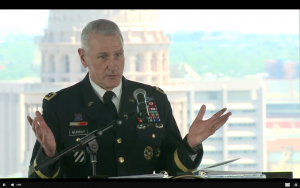
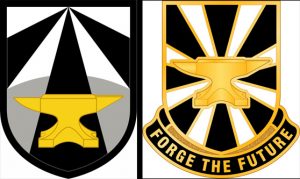
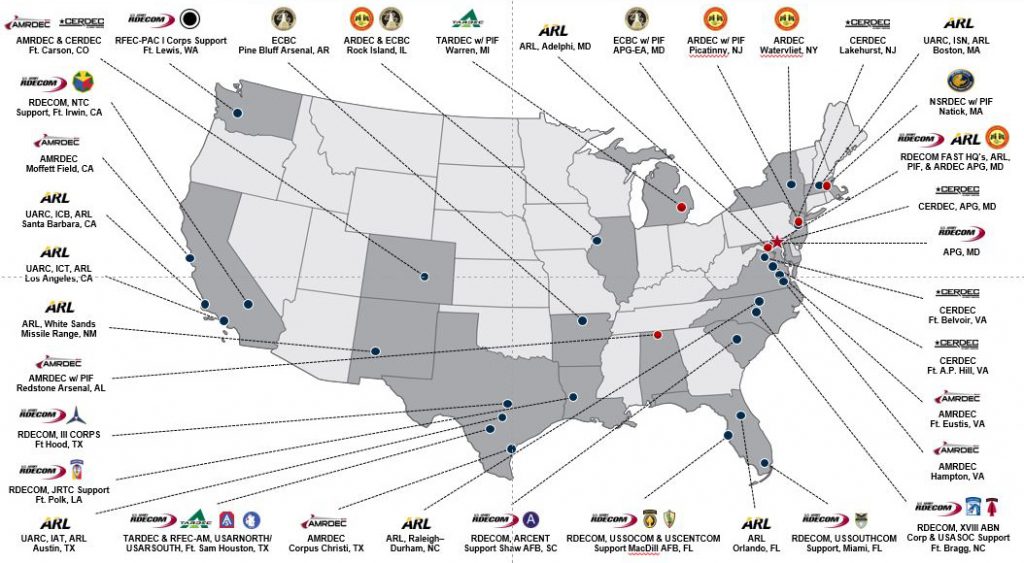
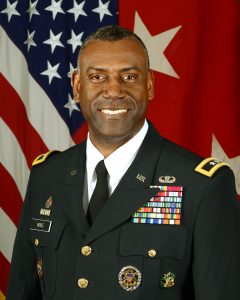
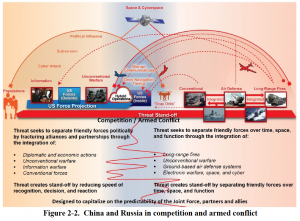
No comments:
Post a Comment